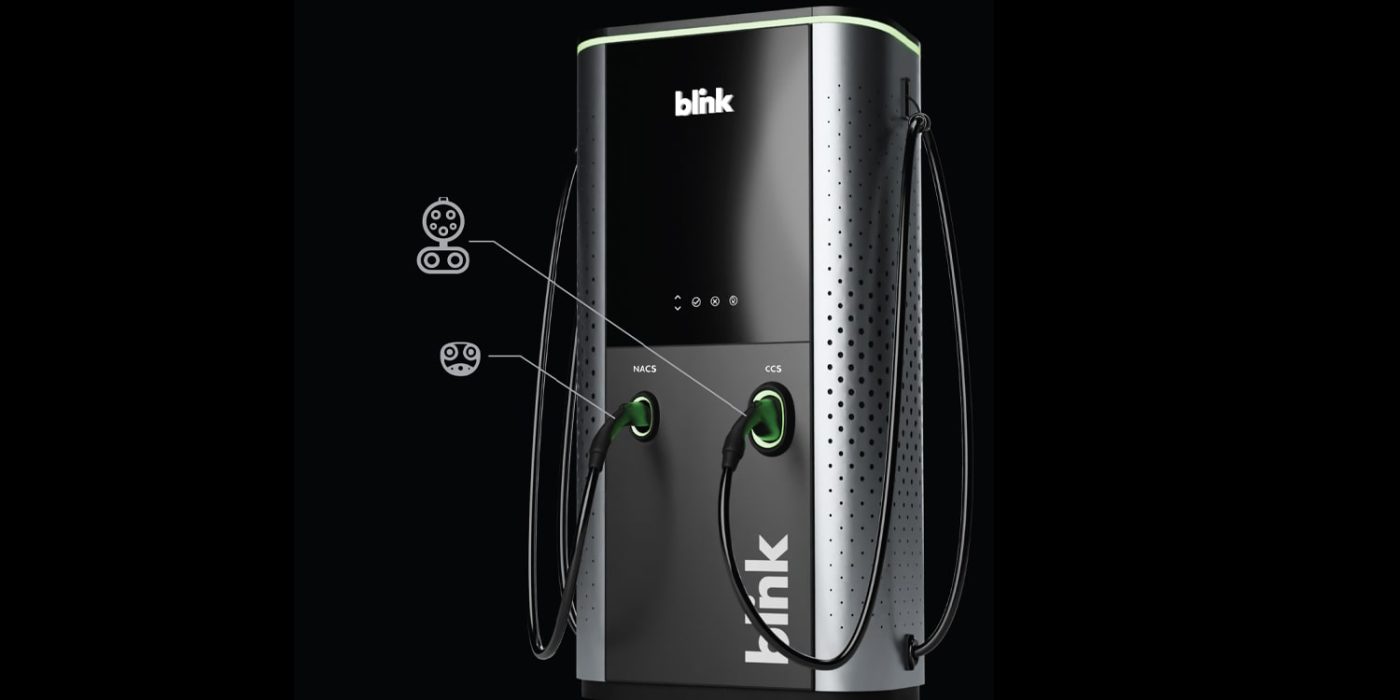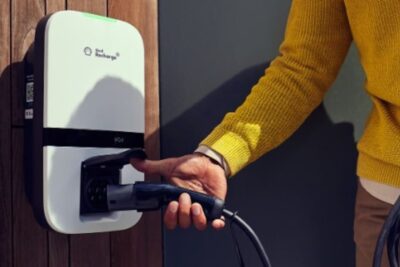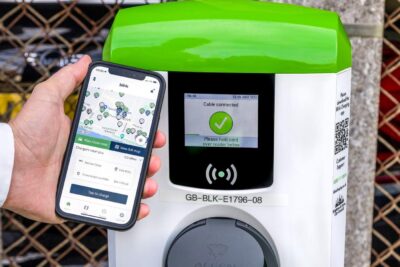Blink Charging goes NACS across the board
Blink Charging will integrate the so-called North America Charging Standard (NACS) by Tesla into its entire product range in addition to the Combined Charging System (CCS). Blink announced the first NACS products recently but now takes the integration further.
As the company explained today, all charging products would be NACS compatible with production to start this October. Blink Charging also plans to integrate NACS plugs in its AC chargers (Level 2).
“At the EVS36 Symposium earlier this month, we announced the integration of NACS connectors into our new 240kW DC Fast Charger,” recalls Brendan Jones, President and CEO at Blink Charging. The executive added that since then, the company had “diligently advanced” the integration of NACS connectors across the entire charger product line.
In doing so, Blink Charging is following an industry trend in the US, where carmakers start cooperating with Tesla, first for drivers to access its Superchargers network. Volvo Cars yesterday made an announcement to this effect, becoming the first European carmaker to do so. GM, Ford and Rivian had previously announced to take Tesla up on the offer to join its proprietary technology advance.
“Blink supports all OEMs and will ensure we have NACS chargers to meet the needs of GM, Ford, Rivian, and Volvo customers,” said Jones, picking up on the news.
Blink will begin producing NACS high-power chargers by October 2023. The company stated that including Level 2 (L2) chargers were “crucial” given that L2 chargers currently account for approximately 90% of EV charging use in the United States.
Jones added, “Blink’s engineering team has successfully demonstrated the swift integration of NACS connectors into the Company’s line of L2 chargers, resulting in significant time-to-market savings. The new NACS and 1772 dual units will be released in early 2024 from Blink’s Bowie, MD manufacturing facility.”
Harjinder Bhade, Chief Technology Officer at Blink, illustrated what this means. “Whether it’s a Tesla Model S driver needing to plug into a NACS charger while shopping or a Chevy Volt driver seeking a quick charge via a CCS charger during a summer vacation trip, our chargers will be accessible to every kind of driver.”
Is NACS becoming a proper standard in North America?
Blink Charging is not the only CPO adopting the Tesla tech. Besides the manufacturers named above, ChargePoint, EVgo and Flo also announced their readiness to support NACS at their charging stations. Once that comes to pass, both Tesla drivers and drivers of other EVs may actually be able to access a genuinely national United States charging network.
Hardware manufacturers have also positioned themselves. ABB E-Mobility, for example, has made it clear that it will continue to be a leader “by offering the North American Charging Standard (NACS) as an option for our products”. Tritium, as well as Kempower and Wallbox, made similar announcements.
Whether NACS was necessary remains another question. The international harmonisation organisation for CCS, CharIN, had to react and last appeared warming towards NACS. Earlier this month, CharIN called for a task force intending to subject NACS to a standardisation process. The group invites members and other stakeholders to join – with mixed results, since Tesla would need to be on it ideally and is a CharIn member in Europe.
CharIN added it continues to stand behind CCS and MCS for trucks but also supports the standardisation of Tesla NACS. The organisation notes that NACS is not yet a standard and does not provide an open charging ecosystem for the industry to build upon. For a technology to become a standard, it would have to go through a proper process in a standards development organisation.
Still, CharIN focuses on similarities and says that NACS “uses DIN 70121 and ISO 15118 protocols, which are based on Power Line Communication (PLC) and enable CCS functionality”. These protocols were developed for CCS, but CharIN points out these are “versatile communication standards that could help build bridges between all charging standards in North America”.





0 Comments